Toyotomi Hideyoshi: A Legendary Life
ward Any discussion of the history of Osaka is not complete without mentioning Toyotomi Hideyoshi.
He shaped the borders of Osaka City by draining the marshes of Osaka Bay. That Osaka was able to become a thriving powerhouse, is in large part because of Hideyoshi. From the ranks of a lowly commoner to the great unifier of Japan, the life of Toyotomi Hideyoshi is truly an inspiration.
The Early Life of Toyotomi Hideyoshi
There are many theories as to how Hideyoshi spent his time when he was young. Most records say he was born as Kinoshita Tokichiro in 1537 and that his father was a low-rank soldier. Then at the age of 15, he left home to become a samurai.
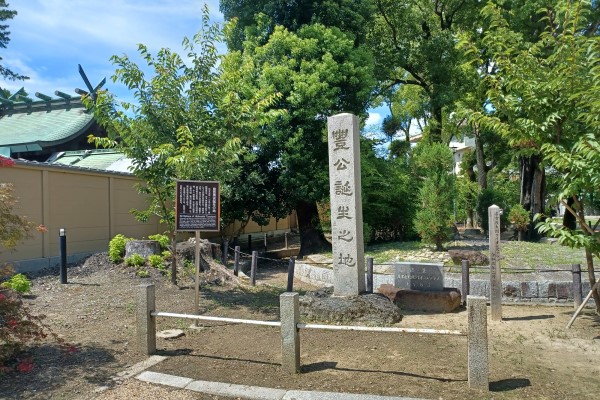
First, served the local ruling clan, the Matsushita in Hamamatsu. Then sometime around the age of 17 he made one of the most important decisions of his life and began to serve Oda Nobunaga. While he started out as nothing more than a mere servant to the warlord, Nobunaga soon saw Hideyoshi’s talents and promoted him to the rank of samurai.
Also, it was around this time Hideyoshi fell in love with and married One, who also went by the name Nene. It was fairly uncommon for people in his newfound position to marry purely for love.
Serving Nobunaga
After marrying Nene, Hideyoshi became an active player under Nobunaga and changed his name to Hashiba Hideyoshi. Before long, he made one of his greatest victories, securing his value to his warlord.
In 1570, Nobunaga launched an attack on the Asakura clan in Echizen (Fukui). Suddenly, Nobunaga’s ally, the Azai clan, betrayed him and sided with Asakura. Surrounded by enemies, Hideyoshi fought fiercely to defend Nobunaga, and the two barely escaped with their lives.
Later, the two would defeat both the Asakura and Azai clans at the Battle of Anegawa. Nobunaga promoted Hideyoshi to the rank of general and rewarded him with a former Azai territory. There Hideyoshi built his first castle, Nagahama Castle.
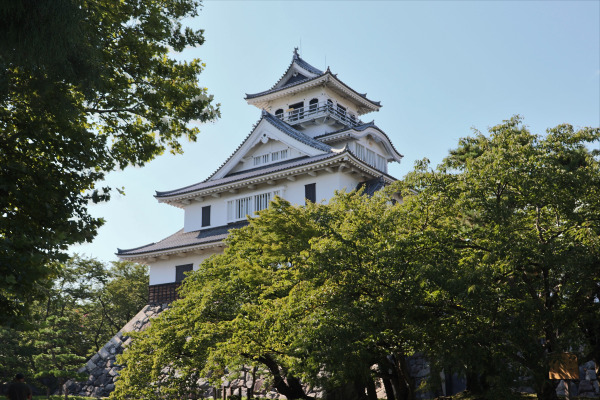
Eventually, Hideyoshi moved to Himeji Castle where he was one of the key figures in helping Nobunaga conquer the Chugoku Region (West Japan).
Hideyoshi’s Rise to Power
While Hideyoshi was fighting in the Chugoku Region, things suddenly took an unexpected turn. Akechi Mitsuhide, another of Nobunaga’s generals, betrayed Nobunaga and set the fire to Honno-ji Temple and killed him.
As soon as Hideyoshi heard this news, he made a treaty and returned to Kansai. He wasted no time and swiftly tracked down Akechi Mitsuhide and defeated him in the Battle of Yamazaki.

Though he had defeated Mitsuhide, Hideyoshi would not become the ruler of Japan for some time.
Nobunaga’s generals summoned Hideyoshi to Nobunaga’s Castle, Kiyosu Castle so as to decide who was going to be his successor. While Shibata Katsuie supported Nobunaga’s third son, Nobutaka, Hideyoshi instead gave his support to Nobunaga’s 3-year-old grandson, Hidenobu. In doing so it became more than apparent that Hideyoshi was trying to take over the Oda clan.

This led to a serious conflict between Hideyoshi and Katsuie, resulting in the Battle of Shizugatake in 1583, of which Hideyoshi was the victor.
Now, one final enemy remained, Oda Nobunaga’s second son, Nobukatsu. Sure that Hideyoshi was out to overtake his clan, Nobukatsu reached his clan’s ally, Tokugawa Ieyasu. From this alliance came the battles of Komaki and Nagakute. Because of Tokugawa Ieyasu’s involvement, Hideyoshi didn’t win these battles. Instead, he made a treaty with Oda Nobukatsu and Tokugawa Ieyasu, respectively and the war ended.
In 1585, Hideyoshi was appointed to the position of kampaku, or a chief advisor to the emperor, and then Daijo daijin, the second most powerful position in Japan. It was also around this time that the emperor bestowed him with the surname “Hideyoshi”. At long last, Toyotomi Hideyoshi was born.
The Unification of Japan
Around this time, Hideyoshi started to build Osaka Castle where Ishiyama Hongan-ji Temple used to be located. During his years as the ruler of Osaka, he made some of the most significant decisions in Osaka’s history. He reclaimed the marshland in Osaka Bay.
Not only did this create more farmland, but it also important roads to be built as well as ports. Osaka would never have been able to rise as an influential place without these efforts.

Once he became Imperial Regent there was no stopping Toyotomi Hideyoshi. He prohibited feudal lords from fighting, and when Chosogabe clan in Shikoku region and Shimazu clans in Kyushu rebelled against him, Hideyoshi suppressed them. Hideyoshi’s government quickly spread all across the country.
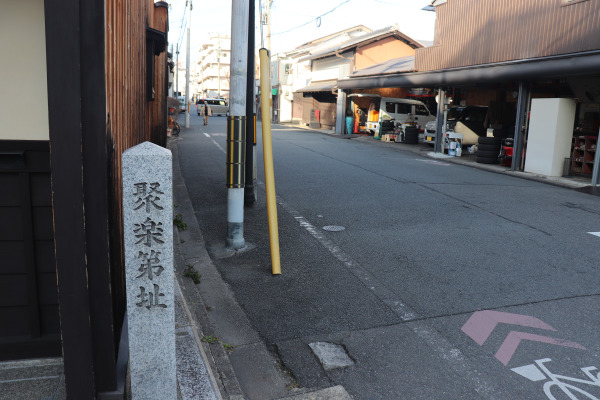
When he defeated Hojo Ujimasa in Kanto and Date Masamune in Tohoku, he conquered not only West Japan but also East Japan. In other words, he conquered the entirety of Japan in 1590.
After he unified Japan, he conducted a land survey in order to establish the ownership and crop yield of each province. By doing so, Hideyoshi could make sure that people pay taxes based on rice.
Additionally, Hideyoshi passed an edict that prohibited farmers from owning weapons. Prior to this, it was common for farmers to participate in wars as samurai, but after this point on there were firm divisions between farmers and samurai.
Japan’s Invasion of Korea
In his youth, Hideyoshi’s power and influence were unstoppable. The shine of his golden castle reached over Japan and none dare oppose him. But to all things, there is a season.
In 1592, Hideyoshi decided to invade Korea, hoping to expand trade in East Asia. To accomplish this goal he sought to colonize Korea. However, invading Korea would prove to be his greatest mistake. The forces in Korea were much stronger than Hideyoshi anticipated, depleting both his financial resources and military.
In the end, his troops withdrew from Korean Peninsula, exhausted, battered, and without glory. Consequently, this war allowed Tokugawa Ieyasu to strengthen his own armies, as he didn’t participate in this conflict, instead focusing on reconsolidating his headquarters to Edo.
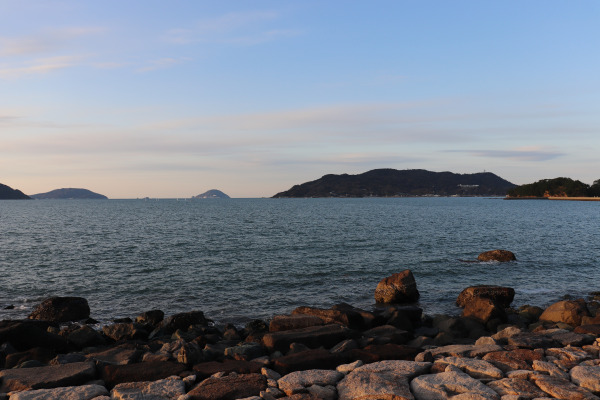
On top of this, Hideyoshi lost his only son, Tsurumatsu, at the tender age of 3. He also lost his brother, Hidenaga. Feeling the weight of his years, Hideyoshi appointed his nephew, Hidetsugu to Imperial Regent and retired, leaving Osaka Castle for Fushimi Castle.
The Death of Toyotomi Hideyoshi
Hideyoshi had all but given up hope of having an heir, but then to everyone’s great surprise Hideyoshi and his concubine, Yododono conceived a son when he was 57.
The birth of his son, Hideyori, however, led to the deterioration of his relationship with his nephew, Hidetsugu. In the end, Hideyoshi accused Hidetsugu of staging a coup and commanded him to commit seppuku in Kongobu-ji.

Finally, in 1598, Toyotomi Hideyoshi died in Fushimi Castle in Kyoto. Until his last breath, Hideyoshi worried about his only son, Hideyori, who was still very young. Hideyoshi appointed the Council of Five Elders and Five Commissioners to support Hideyori until he would become of age.
Hideyoshi’s last poem reads:
[露と落ち露と消えにし我が身かな浪速のことも夢のまた夢]
“As the dew appears,
As the dew vanishes,
So does my life.
All of Naniwa
is a dream within a dream. “
The story of the simple pauper whose whirlwind rise to power brought together a nation seems too miraculous to be true. Osaka and Japan are forever changed because of his life and his dreams.
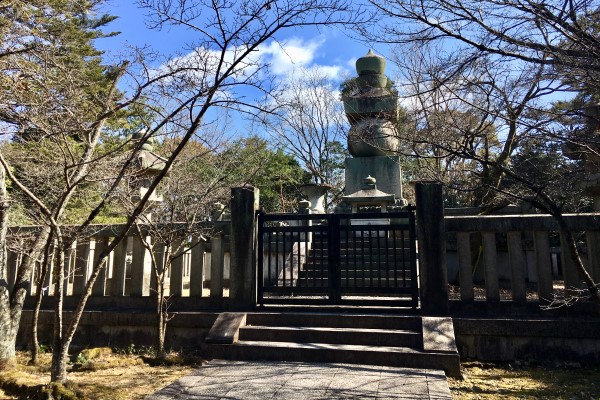
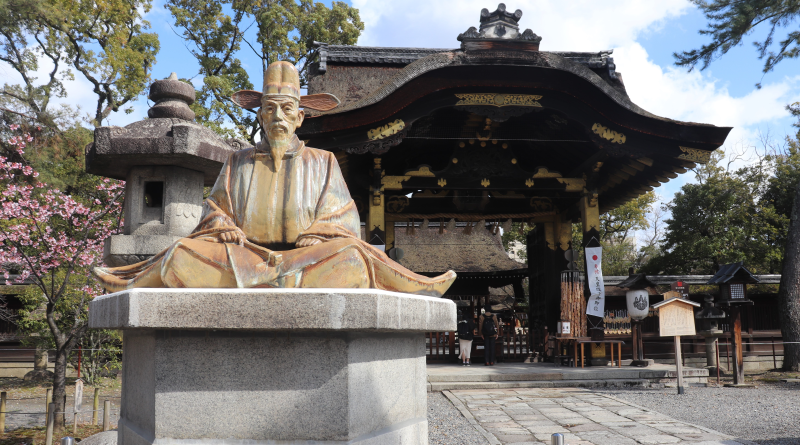
Leave a Reply